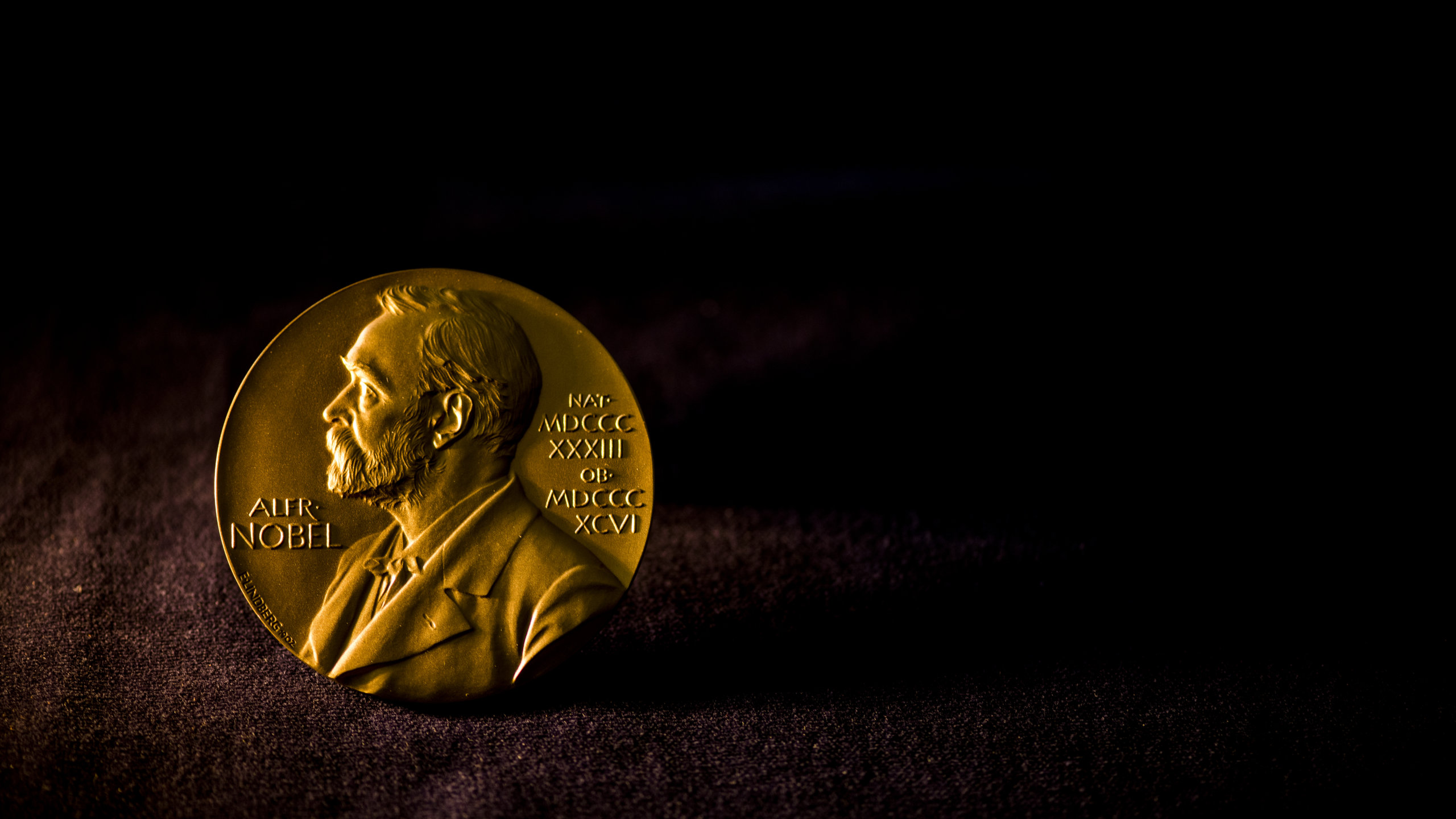- The Lodhi dynasty was the last dynasty of the Delhi Sultanate.
- Founded by : Bahlul Khan Lodhi .
- Origin of Lodhi's : from Afghan.
- Dynasty Replaced : Sayyid dynasty.
- Delhi Sultanate Period : from 1451 Ce to 1526 Ce.
Sultans (Rulers)
1. Bahlul Khan Lodhi(1451 – 1489)
- Bahlul Khan Lodhi was the chief of the Pashtun Lodhi tribe.
- He was the founder of Lodhi Dynasty.
- Bahlul became sultan of the dynasty on 19 April 1451.
- He conquered Etawa, Gwalior, Mewat, Sakit, and Samthal.
- He took various measures to gratify his nobles.
2. Sikandar Lodhi(1489 – 1517)
- He became the next ruler of the Lodhi dynasty after the death of his father Bahlul Lodhi in July 1489.
- The second and most successful ruler of the Lodhi dynasty of the Delhi sultanate, he was also a poet of the Persian language and prepared a Diwan of 9000 verses.
- Sikandar was a capable ruler who encouraged trade across his territory. He expanded Lodhi territory into the regions of Gwalior and Bihar.
- He was a poet of repute, composing under the pen-name of Gulruk.
- It was Sikandar Lodhi who founded Agra city in 1504 and moved capital from Delhi to Agra.
- A work on music names “Lahjati-Sikandar Shahi” was created during his reign.
- He was an orthodox Muslim.
3. Ibrahim Lodhi (1517 – 1526)
- Ibrahim Khan Lodhi became the Sultan of Delhi in 1517 after the death of his father Sikandar Lodhi.
- He was the last ruler of the Lodhi dynasty, reigning for nine years between 1517 until being defeated and killed at the Battle of Panipat by Babur's invading army in 1526, giving way to the emergence of the Mughal Empire in India.
- Ibrahim was an ethnic Pashtun.
- He was engaged in warfare with the Afghans and the Mughal Empire for most of his reign and died trying to keep the Lodhi Dynasty from annihilation.
Fall of Empire
- Daulat Khan, the most powerful noble of Punjab, who was discontented with Ibrahim Lodhi, invited Babur, the ruler of Kabul to invade India.
- Babur invaded India and defeated Ibrahim Lodhi in the first battle of Panipat in 1526 A. D.
Battle of Panipat
- Babur and his army of 24,000 men marched to the battlefield at Panipat armed with muskets and artillery.
- Ibrahim prepared for battle by gathering 100,000 men (well-armed but with no guns) and 1,000 elephants
- Ibrahim was at a disadvantage because of his outmoded infantry and internecine rivalries. Even though he had more men, he had never fought in a war against gunpowder weapons and he did not know what to do strategically.
- Babur pressed his advantage from the start and Ibrahim perished on the battlefield in April 1526, along with 20,000 of his men.
Accession of Babur and the Mughals
- After Ibrahim's death, Babur named himself emperor over Ibrahim's territory, instead of placing Alam Khan (Ibrahim's uncle) on the throne.
- Ibrahim's death marked the end of the Lodhi dynasty and led to the establishment of the Mughal Empire in India.
- The remaining Lodhi territories were absorbed into the new Mughal Empire.
- Babur continued to engage in more military campaigns.
Mahmud Lodhi
- Ibrahim Lodhi's brother, Mahmud Lodhi, declared himself Sultan and continued to resist Mughal forces.
- He provided 10,000 Afghan soldiers to Rana Sanga in Battle of Khanwa.
- After the defeat, Mahmud Lodhi fled eastwards and again posed a challenge to Babur two years later at the Battle of Ghaghara.
.png)



















.jpg)







 a quick overview on Nobel Prizes
a quick overview on Nobel Prizes  Teratogenecity of drugs
Teratogenecity of drugs